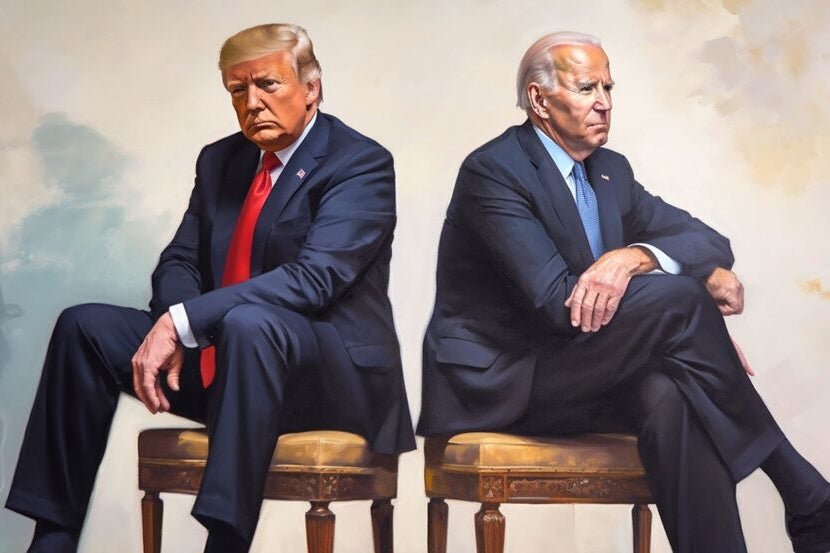Elon Musk’s artificial intelligence startup, xAI, has taken a significant step by making its large language model, Grok, open source. This move allows entrepreneurs, programmers, and companies to leverage Grok for their own applications, albeit with a twist.
In a recent blog post, xAI announced that the weights and network architecture of Grok are now accessible for anyone to use, including for commercial purposes. The company stated, “We are releasing the base model weights and network architecture of Grok-1, our large language model, which is a 314 billion parameter Mixture-of-Experts model trained from scratch by xAI.”
Grok has been open-sourced under the Apache License 2.0, enabling commercial use, modifications, and distribution. However, users cannot trademark Grok, and they do not receive any liability or warranty. The code for Grok can be downloaded from its Github page or via a torrent link.
With 314 billion parameters, Grok surpasses its open-source competitors like Meta Platforms Inc.’s Llama 2 and Mistral 8x7B, according to Venture Beat. Initially released as a proprietary model in November 2023, Grok was exclusively accessible through Musk’s social network X (formerly Twitter). However, the release does not include the full corpus of its training data or any hookup to the real-time information available on X.
The open-sourcing of Grok is seen as a strategic move by Musk, who co-founded ChatGPT-parent OpenAI in 2015 but later left the organization in 2018. Grok is designed to compete with ChatGPT, a model that Musk has criticized following its partnership with Microsoft Corporation.
Industry experts have speculated that Musk’s decision to open-source Grok could be a strategic response to an ongoing lawsuit with OpenAI. This move is expected to attract significant funding for xAI and position it as a leading private AI company, directly challenging OpenAI.
In conclusion, the open-sourcing of Grok marks a significant milestone for xAI and the broader artificial intelligence industry. This move not only allows for greater accessibility and innovation but also sets the stage for increased competition and advancements in AI technology.





